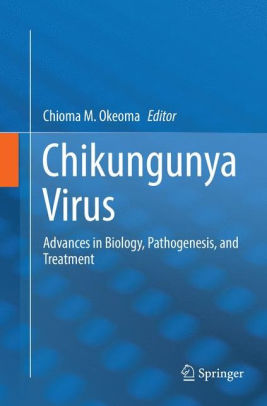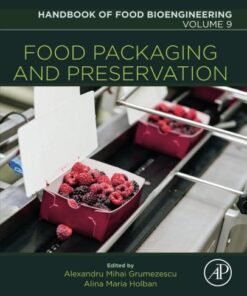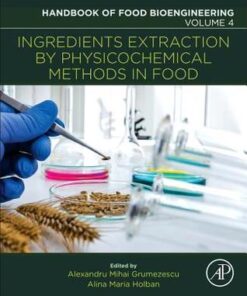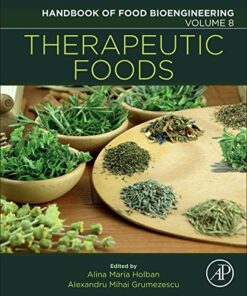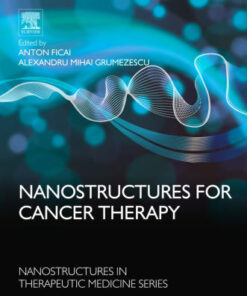(eBook) Chikungunya Virus by Chioma M. Okeoma
$15.00
Download instantly Chikungunya Virus – Advances in Biology, Pathogenesis, and Treatment by Chioma M. Okeoma. It is ebook in PDF format.
ISBN-10: 3319827049 ISBN-13: 9783319827049
Preview
This is the PDF eBook version for Chikungunya Virus – Advances in Biology, Pathogenesis, and Treatment by Chioma M. Okeoma
Table of Contents
Preface
Contents
Contributors
Clinical Syndrome and Therapy
Introduction
Acute Stage
Clinical Manifestations and Symptoms
Arboviral Syndrome
Atypical Manifestations
Neonatal Chikungunya
Clinical Assessment
Diagnosis of Acute CHIKV Infection
Therapeutic Management
General Principles
Severe Manifestations
Pregnant Women
Neonates and Children
Prevention
Post-Acute Stage (From D22 to D90)
Clinical Symptoms
Clinical Assessment
Biological Tests and Imaging
Therapeutic Management
Chronic Stage (After D90)
Clinical Symptoms
Biological Tests and Imaging
Therapeutic Management of Chronic Inflammatory Rheumatisms
Therapeutic Management of Other Musculoskeletal Disorders (Non-CIR)
References
Host Response and Mechanisms of Subversion of Chikungunya
Chikungunya Fever and Disease Manifestation
Infection and Disease Pathogenesis: Human and Animal Models
Cell Targets and Their Role in Pathogenesis
Innate Immune Response and Inflammation
Adaptive Immune Response and Protection
Challenges and Limitations to Fully Understand CHIKV Chronicity
References
Epidemiological History of Chikungunya Virus
Introduction
Discovery of CHIKV
Early Outbreaks and Periodic Detections
Re-Emergence of CHIKV
Ongoing Threat of CHIKV from Endemic Areas
Global Expansion
Conclusions
References
Vaccines Against Chikungunya Virus Infection
Introduction
Novel Vaccine Candidates
Live Attenuated Vaccines
Recombinant Viral Vectors
DNA Vaccines
Protein (Virus) Vaccines
Virus-Like Particles (VLPs)
Prime-Boost Studies
Immunobiology of CHIKV Vaccines
Clinical Trials
Attenuated CHIKV Virus Vaccine
Virus-Like Particle Vaccine (VLPs)
Recombinant MV-CHIKV
Considerations from the Clinical Trials
In Summary
References
Function of Chikungunya Virus Structural Proteins
Introduction
Chikungunya Virus Capsid Protein
Chikungunya Virus Envelope (Glyco)Proteins
CHIKV E1–E2 Trimer Formation and Virus (-Like Particle) Assembly
Accessory Proteins 6K and Transframe Protein TF
Role of CHIKV Structural Proteins During Viral Entry and Fusion
References
Functions of Chikungunya Virus Nonstructural Proteins
Introduction
Expression and Processing of Nonstructural Polyproteins
Replication Cycle
nsP1
nsP2
nsP3
nsP4
Replication Complex
References
Interaction of Chikungunya Virus with the Mosquito Vector
Introduction
Mosquito Biology
Arbovirus Infection of and Transmission by Mosquito Vectors
CHIKV Vectors: Distribution, Ecology, Behavior, and Relative Importance for Viral Maintenance
Enzootic CHIKV Vectors in Africa
Urban CHIKV Vectors in Africa
CHIKV Vectors in Asia
CHIKV Vectors in the Americas
CHIKV Vectors in Europe
Factors Affecting the Vector Competence of Mosquitoes for CHIKV
Vector Genetics
Molecular Antiviral Mechanisms in Mosquitoes (RNAi)
Role of Mosquito Microflora
Other Extrinsic Factors Affecting CHIKV Transmission by Mosquitoes
Prospects for CHIKV Control Through Vector Manipulation
Role of Viral Genetic Factors in CHIKV–Vector Interactions
Historic Overview
A. albopictus and Appearance of the CHIKV E1-A226V Substitution
Effect of E1-A226V on CHIKV Fitness
Mechanism of Enhanced A. albopictus Infection Mediated by the E1-A226V Substitution
Epistatic Interactions That Influence Penetrance of the E1-A226V Substitution and Impose Adaptiv
Adaptive Constraints in Africa
Adaptive Constraints in Asia
Second-Step Mutations in the E2 Glycoprotein Gene
CHIKV Population Genetics During Vector Infection
Prediction of CHIKV Evolutionary Trajectories
References
Chikungunya Virus Entry and Replication
Introduction
CHIKV Tropism in Vertebrate Host
Receptors and Attachment Factors
Endocytosis-Dependent Internalization of CHIKV Particles
Mechanisms of CHIKV Entry in Mosquito Cells
Viral Entry and Fitness
Viral Entry and Therapeutic Issues
References
Chikungunya Virus-Induced Autophagy and Apoptosis
Autophagy Pathways and CHIKV
Autophagy Pathway
CHIKV Activates Autophagy
Antiviral Effect of Autophagy on CHIKV Infection
Pro-Viral Effect of the Autophagy Machinery on CHIKV Infection
Apoptosis Pathway and CHIKV
Apoptosis Pathway
CHIKV Activates Apoptosis
Pro-Viral Function of Apoptosis
Overall Effects of Autophagy and Apoptosis on Cell Survival and Infection
References
Chikungunya Virus Pathogenesis
Chikungunya Virus Disease in Adults
Chronic Chikungunya Virus Disease
Chikungunya Virus Infection in Neonates
Risk Factors for Acute and Chronic CHIKV Disease
Acute and Chronic CHIKV Infection: Cellular and Tissue Targets
Viral Determinants of CHIKV Pathogenesis
Cellular Mediators of CHIKV Pathogenesis
Myeloid Cells
NK Cells
T Lymphocytes
B Lymphocytes
Cytokines and Chemokines in CHIKV Pathogenesis
Type I IFN
Other Cytokines and Chemokines
Complement
Summary
References
Restriction Factors and Chikungunya Virus
Introduction
BST-2-Mediated Retention of Nascent CHIKV Particles on Host Cells
Host-Cell-Dependent Variation in BST-2 Levels and Effect on CHIKV Release
BST-2-Mediated Inhibition of CHIKV Replication: An Arms Race
CHIKV Antagonism of BST-2
Conclusion
References
